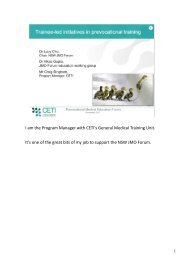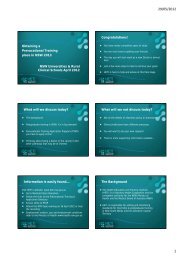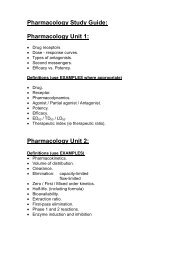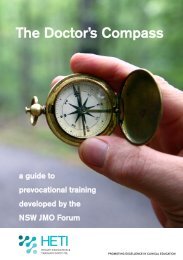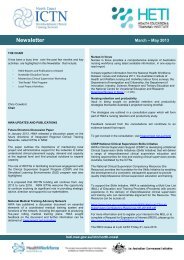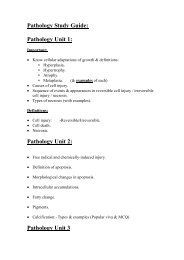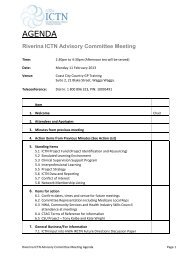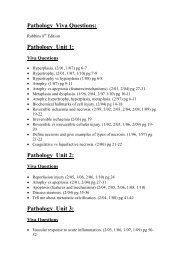a handbook for supervising allied health professionals - HETI - NSW ...
a handbook for supervising allied health professionals - HETI - NSW ...
a handbook for supervising allied health professionals - HETI - NSW ...
You also want an ePaper? Increase the reach of your titles
YUMPU automatically turns print PDFs into web optimized ePapers that Google loves.
THE SUPERGUIDE<br />
Teaching in the presence of patients<br />
Clinical teaching at the point of care is the place where theoretical knowledge is made<br />
practical in the real world, with real patients.<br />
Supervisors can use opportunities to teach in the presence of patients by identifying<br />
patients from their own case load who would provide a beneficial learning opportunity<br />
to clinicians, or work with a patient from the supervisee’s caseload.<br />
In preparing to teach in the presence of patients the following principles should be<br />
applied.<br />
46<br />
Ensuring patient com<strong>for</strong>t<br />
• If possible, provide advance notice to the patient.<br />
• Obtain consent in private wherever possible and be<strong>for</strong>e the teaching session.<br />
• Ensure introductions are made.<br />
• All procedures, discussions and communications should be explained and<br />
made understandable to the patient as the teaching occurs.<br />
• Thank the patient and invite questions.<br />
Note: Patient safety, com<strong>for</strong>t, privacy and confidentiality is paramount and should<br />
be monitored at all times.<br />
Tips <strong>for</strong> teaching in the presence of patients<br />
• Start small, and stay within your com<strong>for</strong>t zone as a teacher.<br />
• Remember what is routine to you may be new to the clinician.<br />
• Allocate sufficient time <strong>for</strong> point of care teaching.<br />
• Involve the staff member. Negotiate the goals. Let them select the focus of teaching.<br />
• Orient the staff member to your plans prior to the session, including clarifying their<br />
role and what you hope they will learn from the experience.<br />
• Skills/procedures can be modelled first by the supervisor and then demonstrated<br />
by staff or staff may per<strong>for</strong>m all or part of the interview, procedure or intervention.<br />
• Teaching by guided questioning is generally better than just telling, because it allows<br />
you to determine the person’s level of knowledge and understanding. Ask the staff<br />
member to report back to check understanding.<br />
• If the staff member appears to be struggling or is off track, make a smooth transition<br />
to take over the clinical interaction.<br />
• Don’t criticise at the point of care, debrief elsewhere constructively.<br />
• Afterwards seek feedback from the staff member. Reflect on the effectiveness<br />
of the session and prepare <strong>for</strong> next time.



